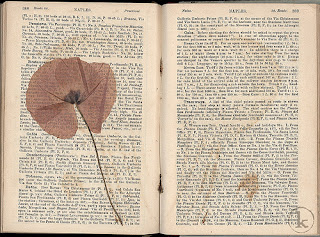What is sherry?
I was surprised to find out that sherry is actually a type of wine. Though, if I'd thought about cooking sherry, this wouldn't have been a surprise. It is originated from Spain and there are several different types of sherry that range from pale to dark, as with most other drinking alcohols.
Sherry is a fortified wine, which means that after the initial fermentation is complete, grape spirits are added to bring the alcohol content up to 15-17% prior to aging. Dependent upon this final alcohol content is whether or not a layer of flor will develop thus preventing oxidation or not. If flor develops then a pale-colored final product is had, but if it does not, then slight oxidation is allowed to happen, producing a darker final product.
Development of the flor can be seen through this clear front.
All sherries are initially dry due to fortification taking place after fermentation, unlike with other beverages, such as port wine, where fortification takes place part way through fermentation, thus retaining some of the natural sugars.
There are currently three varieties of grapes used to produce sherry. Prior to an insect infestation there were many, many more varieties used. These grapes are Palomino, Pedro Ximénez, and Muscatel. Palomino is very bland or neutral which lends itself to being easy enhanced in the sherry-making process, which is a desirable attribute. Pedro Ximénez is very sweet. On top of being very sweet, the grapes are usually dried for two days to enhance the sweetness by concentrating the sugars. Moscatel is similar to Pedro Ximénez but not used as often.
Sherry is blended in a system called solera. This is varying ages of sherry blended so that the final product does not have a particular vintage year. The solera system is a series of three to nine barrels used to blend new and old wines. New wine is placed in the first barrel and aged a certain amount of time, then some of the new wine is transferred into a barrel of older wine in the next cask down, using specific instruments called the canoa and rociador in the solera system so as not to disturb the flor. Solera is literally stacking with the youngest on top and oldest on bottom.
So there you have an ever so brief description of sherry and why Frank could only tolerate two glasses max!
























